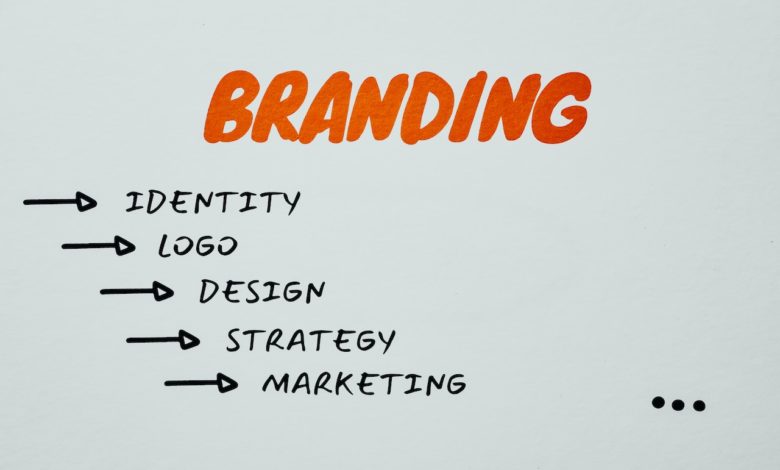Employer Branding to Attract Diverse Talent

In an era defined by profound social change and evolving workplace dynamics, diversity has emerged as a paramount consideration in recruiting strategies. As diversity has shown to enhance creativity, drive innovation, and improve decision-making, modern companies understand the need to create an inclusive environment. Integral to this process is employer branding, a powerful tool to attract and retain diverse talent.
A robust employer branding strategy tells a compelling story about a company’s culture, mission, and values, and it often plays a decisive role in a candidate’s decision to apply. The brand message should highlight the organization’s commitment to diversity and inclusion, reflecting its presence at all levels, from senior management to new recruits.
Diversity Starts with Inclusive Job Ads
Certainly, improving the writing style of job advertisements is one critical aspect recruiters should focus on. It’s not just about who you’re hiring but also how you approach the task. The language used in recruitment ads can significantly impact the type of talent attracted. Often, companies may unknowingly use language that caters to a specific demographic or experience level, limiting the reach of the advertisement. Therefore, it’s crucial to employ inclusive language that resonates with a diverse pool of candidates.
Broadening the Talent Pool
An essential step in achieving diversity is diversifying the recruitment sources. Focussing on familiar sources can unintentionally lead to a homogeneous talent pool. In contrast, tapping into different venues such as online platforms dedicated to specific demographics or minority professional associations, can bring in a goldmine of diverse talent.
Engaging Existing Employees
Current employees are invaluable resources in promoting diversity. Their networks, likely comprising individuals from similar backgrounds, can boost the diversity recruitment drive. Encouraging them to share job ads within their networks affirms the company’s commitment to embracing different perspectives.
Internships as Growth Opportunities
Internship programs targeted towards underrepresented groups can foster diversity. By partnering with schools and community organizations, companies can contribute to community growth while reaping the benefits of fresh, diverse talent. Internship programs targeted at underrepresented groups offer a mutually beneficial solution. Such programs allow organizations to bring in fresh perspectives while providing valuable industry exposure to these groups. Partnerships with educational institutions and community organizations can help in implementing these initiatives.
Showcasing a Diversity-Centric Employer Brand
Building an employer brand that visibly values diversity attracts a diverse pool of applicants. Sharing employee narratives that highlight the benefits of the company’s commitment to diversity can make it an attractive prospect to potential employees.
Policies That Reflect Diversity Commitment
Companies that are genuinely committed to diversity will manifest it in their policies. Whether it’s the inclusion of more holidays, flexible work hours, or an environment encouraging open dialogue, such initiatives underline the company’s efforts to accommodate various lifestyles and backgrounds.
Neutralizing Unconscious Bias
Unconscious biases can inadvertently creep into the recruitment process. Implementing practices like blind resumes and interviews can help mitigate such biases. Harnessing AI technology in the recruitment process ensures an impartial screening of candidates, focusing solely on the skills and experiences relevant to the job.
Reassessing the Screening Criteria
Continuously questioning and reassessing the traits valued in candidates is essential in promoting diversity. If the screening process seems skewed towards certain individuals, it might be time for a reevaluation. Engaging peers for a diverse range of opinions can provide valuable insights into potential bias.
Embracing Automation for Shortlisting
Leveraging an Applicant Tracking System (ATS) for shortlisting can help neutralize personal opinions about candidates and focus only on job-related skills and experience. With a diverse talent pool at the start, this technique helps create a diverse shortlist of candidates.
The “Two in the Pool” Approach
Seeding the candidate shortlist with a proportionate number of diverse candidates is an effective strategy known as the “two in the pool” effect. This ensures a balanced representation, significantly enhancing the chances of a diverse hire.
At the heart of a successful diversity recruitment strategy is an employer brand that truly values and highlights diversity. Publicizing stories about diverse employees thriving in the company culture, leadership committed to equal opportunities, and policies that support inclusivity can strengthen the employer brand’s appeal to diverse talent.
Policies that reflect the company’s commitment to diversity further attract a wide range of candidates. Whether it’s recognizing a broad spectrum of holidays, offering flexible work hours, or promoting an environment where open dialogue is encouraged, these initiatives signal to potential employees that the company values their unique experiences and perspectives.
Executing a successful diversity recruitment strategy involves a comprehensive, multi-faceted approach. It requires conscious efforts from the organization – from creating inclusive job ads and widening sourcing channels, to embedding diversity in the company’s policies and the heart of the employer brand. With diversity becoming an increasingly crucial component of corporate success, these efforts are not just socially responsible – they are business-imperative.




